|
Recorder is, as I like to say, a cookie of a different crumble. When kids learn recorder, they know it is a rite of passage. They are playing an instrument that resembles a band instrument, something “the big kids” play. While children have been reading notation while playing other instruments like xylophone and percussion, for the first time, the kids are playing an instrument where they can't watch their hands as they read notation. This may seem like a small point but it's a huge hurdle for both the teacher and the student. This is also the first wind instrument that a child will play in school. Regulating breath on recorder is a reflection of the old cliché “less is more”. Kids imagine that they have to put a lot of effort into blowing into the instrument. The opposite is true: the effort is always focused on restraint and a solid hand position on the instrument. It is also an adjustment for the general music teacher. This is the intersection of general music and band instructional techniques. I found that with kids reading recorder notation while playing, the strongest solution at first was not individual books or papers but rather using a Smart Board. I supplied music sheets of everything that was on the board with kids who had recorders at home. By the way, note names were never allowed to be written by kids over notes on paper. When dinosaurs still walked the earth and I was a new teacher, I used a chalkboard. If you don't have access to a Smart Board, the best solution is getting your five-line chalk staff maker out and putting quickly drawn etudes on the board for children to read the notes while you point. Back to the Smart Board. Pointing Before the recorders ever came out of the cases, we did a lot of pointing to the board. And saying because “if you can’t say it, you can’t play it”. When I first pointed to the Smart Board for the children to say the pitch names of the notes, I literally had them point with their index finger fingers to the notes as I pointed to them with a stick on the board. It allowed me to focus on their eyes and their hands to see if everyone was following that melodic line. The next step in the progression was to see if they could point with their eyes without their fingers. After they proved adept at pointing with their fingers and naming the note pitches, I explained that they now had to point to each note not with their finger but with their eyes. This is called “eye pointing”. They had to “point” (look) and “track” with their eyes at each note, remembering all the time that “if you can't say it you can't play it”. I called naming the pitches, the rhythms, and the fingerings the “trifecta”. The instrument did not even approach the mouth unless the kids could perform the trifecta; namely, say the names of the pitches of notes in one pass of the etude, the rhythm of the notes in a second pass of the piece, and the fingerings in the third pass. Occasionally, I would have kids do the trifecta silently in their mind while I pointed to the notes.
Just as it's crucial for kids to understand that before a musician makes a sound, they have to think, and that the sound they produce is only the fruition of the thought, it is equally critical for the teacher to do all of this preliminary up-front work to insure the best possible performance with the recorder. I never used those exact words with kids. I said it in different ways. But being able to say it before you play it was the crux of the idea. Then, and only then, were children allowed to pick up the recorder and play as I continued to point to the notes on the board. Some might think that my pointing to the notes a lot at the beginning was a crutch, but I saw it as a reinforcer. It was important for kids to know that at no time were they going to take their eyes off that board, that playing the recorder was going to require a lot of note reading, that they would eventually do the same thing with a piece of paper. Predictions For any of you who are instrumental teachers, one of the highest predictors of success that I've seen with fourth graders with band instruments is a period of time playing recorder prior to learning a band or orchestra instrument. Learning recorder gets a lot of the mechanics out of the way and off the table. Practicing at home, bringing your instrument, saying it before playing it, and general responsibility for your instrument and playing are best learned on a $3.00 recorder than a $400.00 saxophone. If you want a successful band program, make sure your general music teacher is teaching recorder in 3rd 4th and 5th grade. It's one of the greatest reinforcers for band or orchestra that can be provided for children at that age. Up to this point, children have not had an instrument at home that they are learning in school. Recorder is the first one. Assessments For me, recorder was an simple but accurate assessment tool to see who was motivated to play at home and make advancements on their own. Which students wanted more supplemental material, more songs, more etudes? Which students just had a hunger to make music on an instrument on their own terms? Recorder was the answer for that a child. Within three weeks of starting, it was easy to see who's consistently playing recorder at home. That means the teacher needs to be prepared with supplemental material for those kids who are really juiced to play. I’ll wrap up a with a couple of guidelines for recorder management and stoking motivation in “Stacking Skills for Success: Recorder – Part Two”. Here's the thing about xylophones. This is the first fixed pitch, polyphonic instrument that kids generally play in a music room. It's a percussion instrument that resembles a piano keyboard, complete with white and black keys, chromatics, and pitched low to high, left to right. Before we go any further, let me take a few good swipes at Orff xylophones. Some background: Carl Orff developed his “Orff Schulwerk” in the 1950s as a novel approach to music education. A line of instruments was designed, manufactured, and sold to millions of American school districts. The xylophones had interchangeable tone plates that were configured in a single row. The main problem I have with these instruments is they're not chromatic. It is a simple diatonic row of pitches unlike a chromatic xylophone. Yes, I know you can insert accidentals and chromatic notes or even a second xylophone holding only the chromatic tones but it's not the same as a piano. And if it’s not the same as a piano, why not? Do you know what a governor is in engineering? A governor is speed limiter or controller, a device used to measure and regulate the speed of a machine. That's what the lack of chromatic notes does to an Orff xylophone. It's limiting. The only time children are exposed to a similar diatonic xylophone like that is when they're a toddler, pulling it with one hand while they suck the thumb of the other. Instruments like chromatic xylophones open up more invention for children than strictly diatonic or non-pitched instruments. Let’s face it. Like drums, which date back to 5500BC, rhythm sticks are from the dawn of mankind and have a role in the music room – but creating a chromatic melody isn’t in their wheelhouse. Fast forward to 900AD and we now have diatonic xylophones. It would take another four-hundred years before they became chromatic. There is another element of diatonic xylophones that doesn’t get talked about. I remember the first time I saw an Orff xylophone in college and laughingly asked, “Where are the black thingies?” In that moment, I stopped laughing and realized what message that might send to my future youngest, most impressionable students. Years later, I was in a school that was stocked primarily with Orff Xylophones and only a few chromatic xylophones. My college thought from deacdes before came to fruition. One day, I was quietly asked in private by an African-American fourth grade student looking at an Orff xylophone, “Where the black keys? The other xylophones we use look like a piano with white and black keys. This removes the black keys. Why are there no black keys? Is there something wrong with them? Are they not important?” My response was measured. “Well, there are two reasons. The first is that someone didn’t think this idea all the through and realize how limited this makes the xylophone. The second reason is that someone in this school didn’t think this purchase all the way through enough and bought them. Sort of like buying a car with out the wheels, don’tcha think? But I can assure you, it wasn't me. Let me show you just how important those black keys are.” I had her sit next to me right at the piano as I started to play a little chilled vamp of eb9 to Ab9. As I played, I said, “We’re going to play together in a second and we’re both going to make up what we play. The only thing you need to remember is that everything you need to play can be found with the black keys. The sounds you hear in your mind will be there waiting for you to play them.” We proceeded to jam several times over the changes as she developed her melody, first with her dominant hand, eventually really getting into it and incorporating her other hand .
The piece had an arc to it: gentle, building up, and then back down. She was grinning ear to ear by the time we were done. Nothing else was said. On the way home that day, I wondered how many other children had the same question as that fourth grade girl but had been afraid to ask. Then I had a shudder as I realized there were probably kids who smugly thought they knew there was a reason why there were no black keys on those xylophones. I’ll hit some pedagogical and management ideas next in “Stacking Skills for Success: Xylophones – Part Two”. Full disclaimer and self-inoculation:
I like drums, I like percussion. Egg shakers are the BEST. I have the greatest respect for anybody who can sit behind a drum kit or a pair of spoons and make it groove. I am fully aware that in a band, it really doesn't matter who thinks they are the leader. The drummer is the leader. And I’m all for good leadership. Caution: Some children have severe reactions to loud sounds, especially group drum activities. These sensory issues will require a music teacher to modify the volume of percussive activities from class to class. Be on the lookout for kids who don’t handle loud sounds well and act accordingly. Now, onward to the topic of drums and percussion in the elementary general music classroom. Confession: I did not allocate the “usual” amount of time to drums and percussion in my music room. I just didn't. I knew I had a finite number of minutes within the school year and chose to allocate larger slices of the time pie to fine motor rather than gross motor. For example, Boomwackers are popular but took on more and more of a Cro-magnum patina in our classes the more the kids excelled at piano. I primarily used drums as a vehicle for rhythmic dictation, reading, composing, and arranging. Drums were the candy of the program many days and were often added to other established non-percussion activities. Kids love their drums! One aspect of drums I leaned on was adding timpani and bass drums to all of my general music classrooms when possible. I even had tubular bells one year! Any instrument that added color to our classroom creations was all right by me. Because they were treated as a color, not as a “be all/end all” instrument, with the exception of xylophone, I made a conscious effort to embed percussion instruments in most vocal, guitar, piano, and recorder instruction time. Before kids ever had the opportunity to play drums, they sat and tapped either their left thigh with their left hand or their right thigh with their right hand. That's how we first approached rhythms in a “drum” format: our body was the instrument. The few times I had access to a drum set and could elementally demonstrate how they worked to a class of little kids, I followed immediately with how I could sit in a chair with no drums and approximate the feel of a drum kit by independently tapping my feet of the floor and my open hands on my thighs. I encouraged kids to do the same to any rhythmic music they enjoyed where ever it was appropriate to do: on their bus ride home from school, in their bed room, etc. Next, we introduced drumsticks with a matched grip. Usually, my music rooms were carpeted so we simply tapped our sticks on the rug. Next up, we would use old books as our drums. The beauty of rugs and books is that there is very little bounce and the kids can put a lot of energy into their playing. When they finally actually had a drum in front of themselves, we had to dial back some of the energy. Paint can buckets were also a big favorite. One crucial management hurdle is learning how to keep sticks quiet when they're not to be engaged with drums. The simplest way I had was saying “sticks on the floor in the shape of a T!”. The expectation was that students would immediately put the sticks on the floor in the shape of an uppercase T. If they didn't or if they continued to touch or fuss with their sticks, the sticks were taken for a short period of time, as in this well-worn call-and-answer from our classes: Mr. Holmes (pointing at the sticks on the floor): “You touch?” The class (pointing at Mr. Holmes): “You take!” The shape on the floor wasn't always a T. I went through all the letters of the alphabet that only required two sticks to shape and had the kids make that image on the floor with their drumsticks. At the end of our drumming or stick activity, I would often say “come up and get a third stick and put your sticks down in the floor in the shape of an F”. We would eventually add a fourth stick and you would think that I had given them a pot of gold. We made all the letters of the alphabet as well as different shapes. Next would be collaborating with a person sitting near them, first making two and three letter words and then progressing to objects like rocket ships, trees, and boats with their sticks. One of the best aspects of wrapping up a stick or drum activity this way is that there's no sound other than the excitement of the kids collaborating and designing objects. For the finale, I would simply say “you decide what you want to make and make it with as many people in our classes that you want to”. They would inevitably form castles, monsters, and other large objects. My feeling was that if we were going to use sticks and drums, we would use them in as many ways as possible to ignite our imaginations as well as propel our musical skill levels. |
AuthorBoyd Holmes, the Writer Archives
June 2025
Categories |
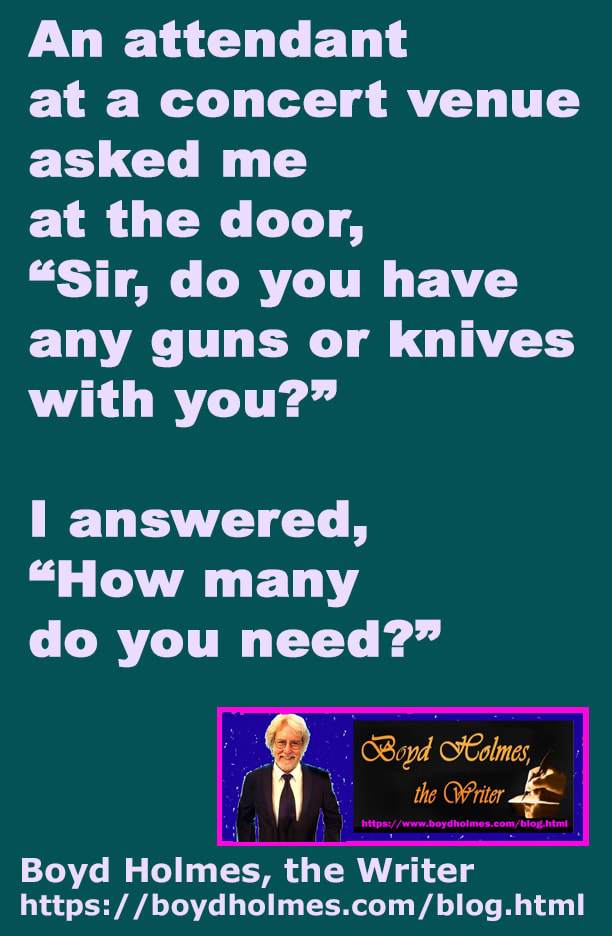

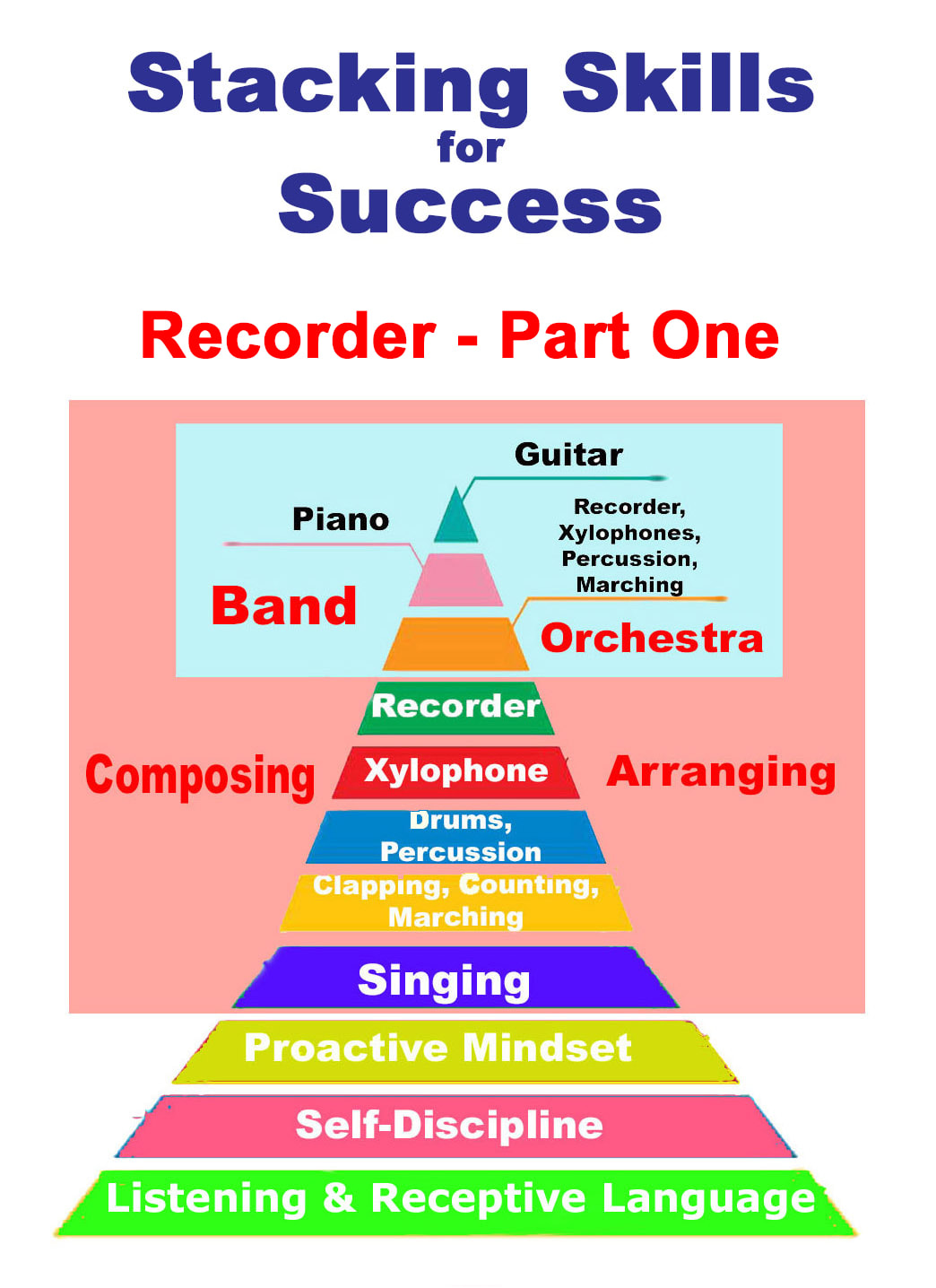
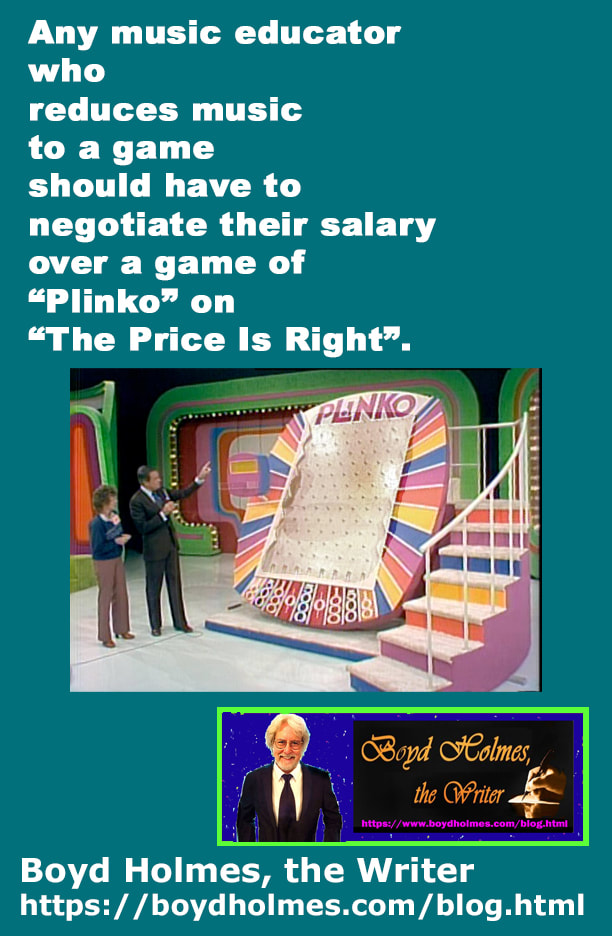

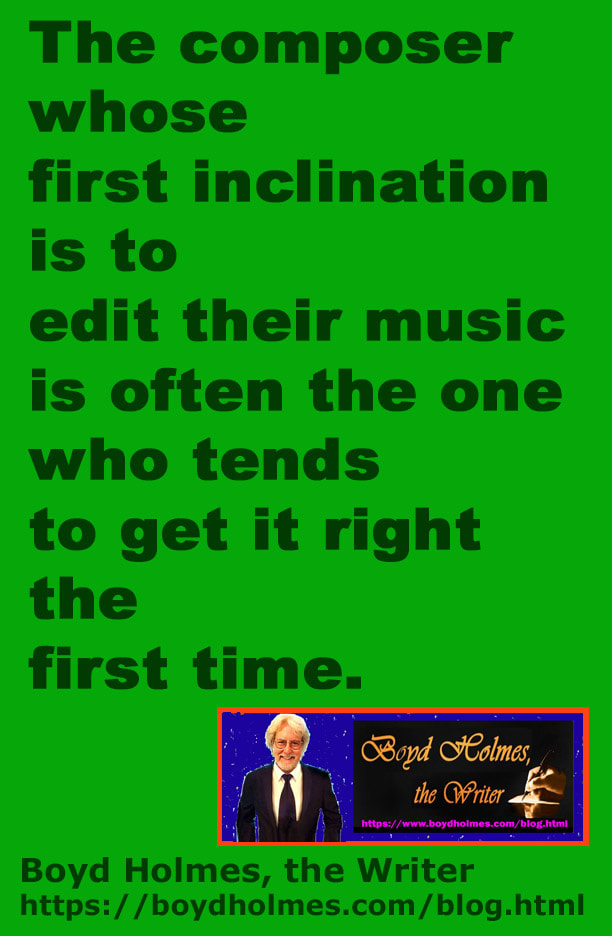
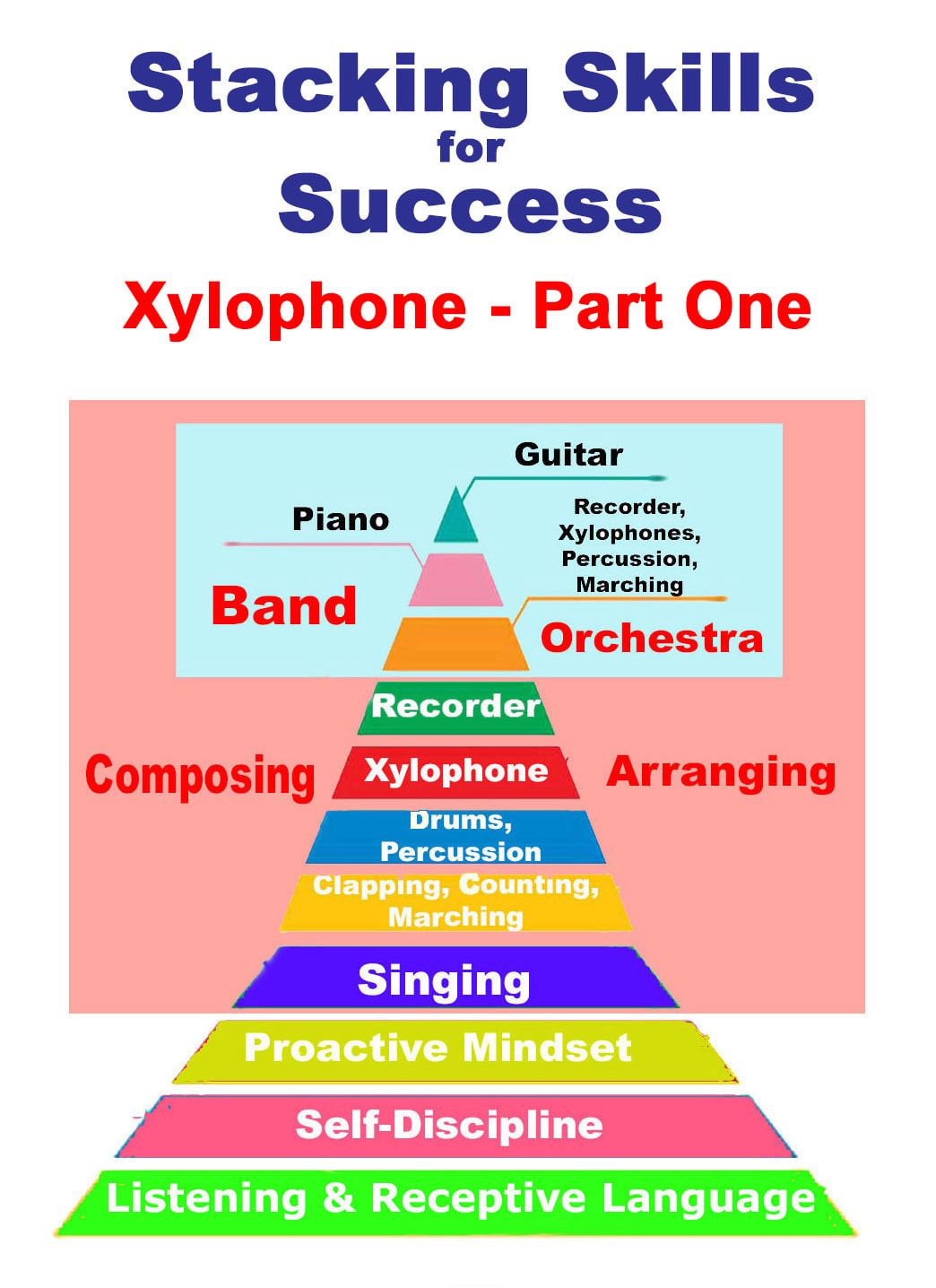
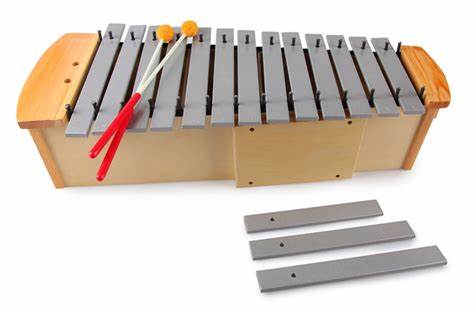
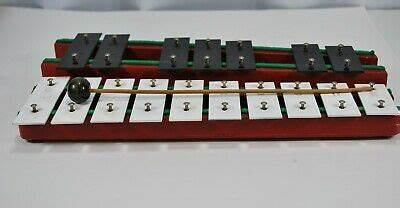
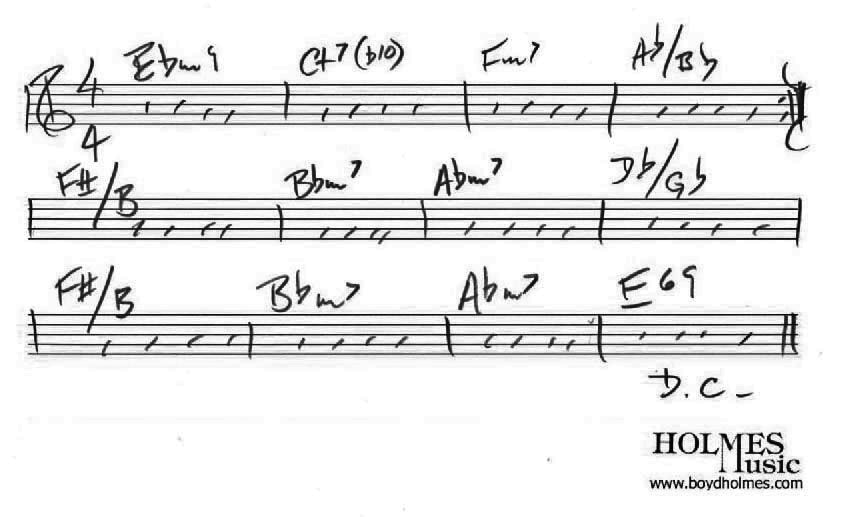
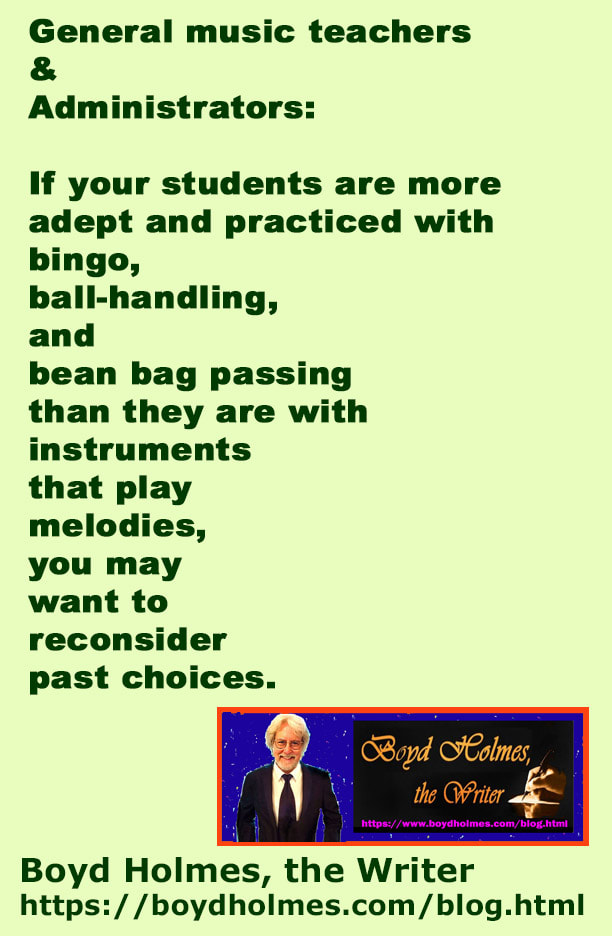
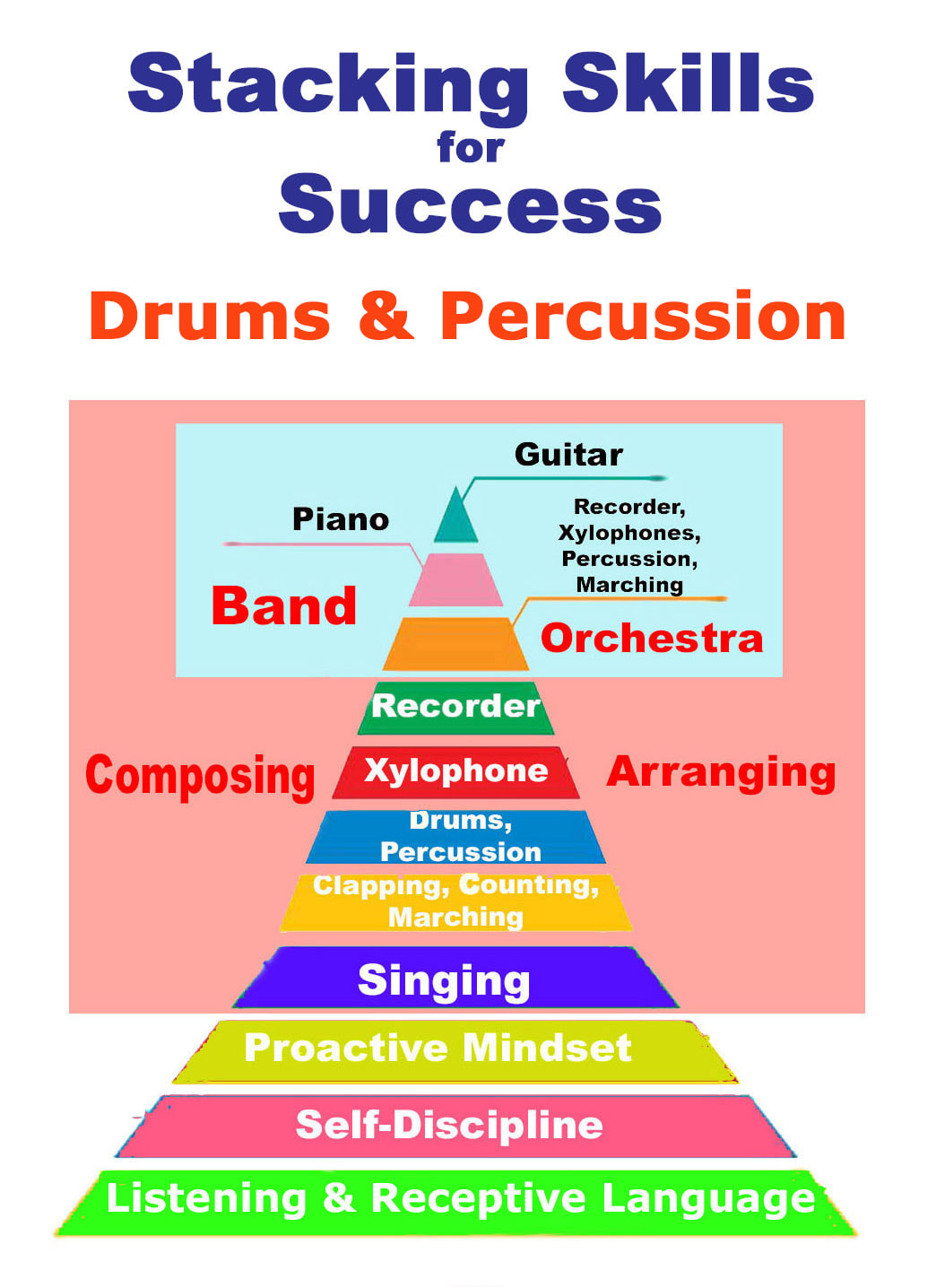
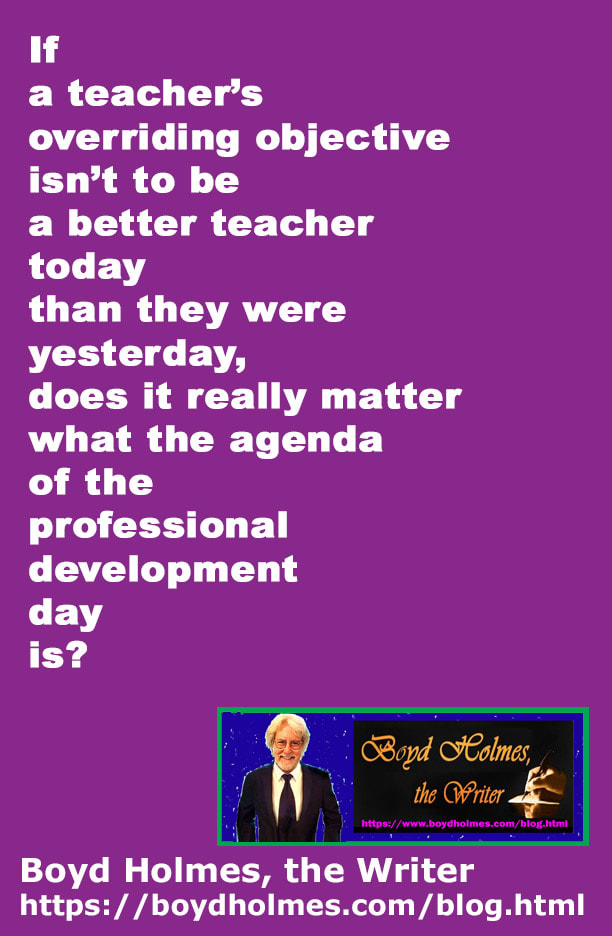
 RSS Feed
RSS Feed